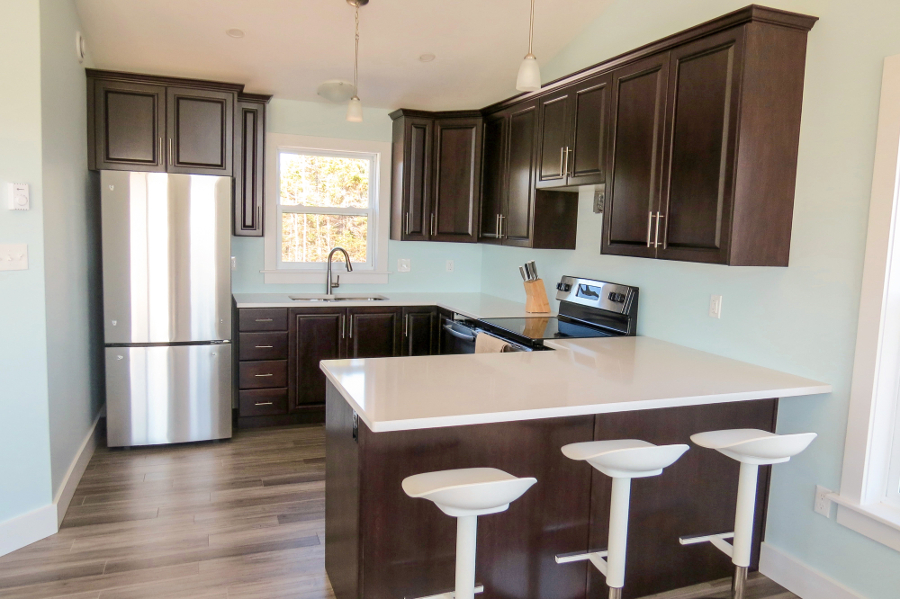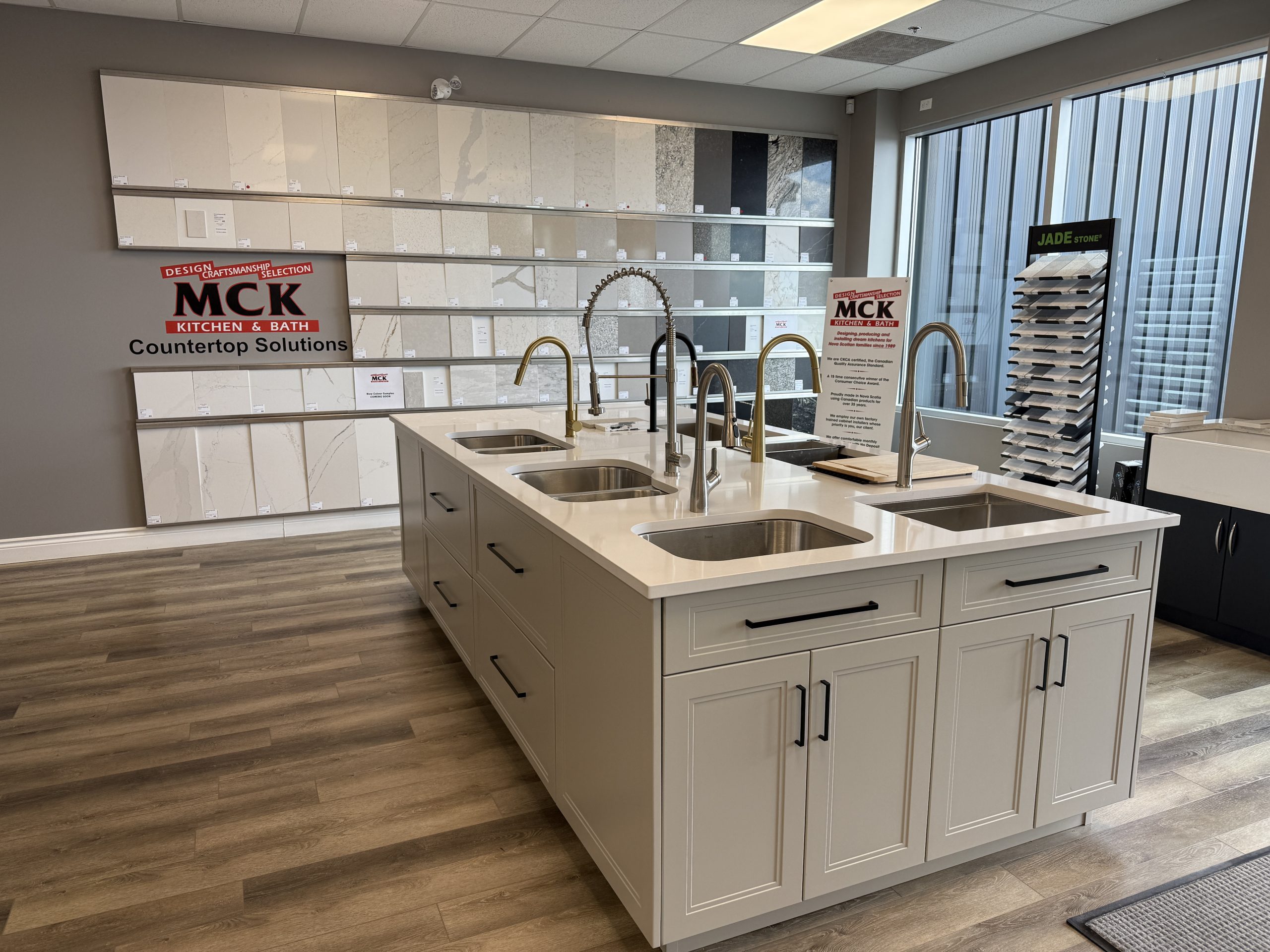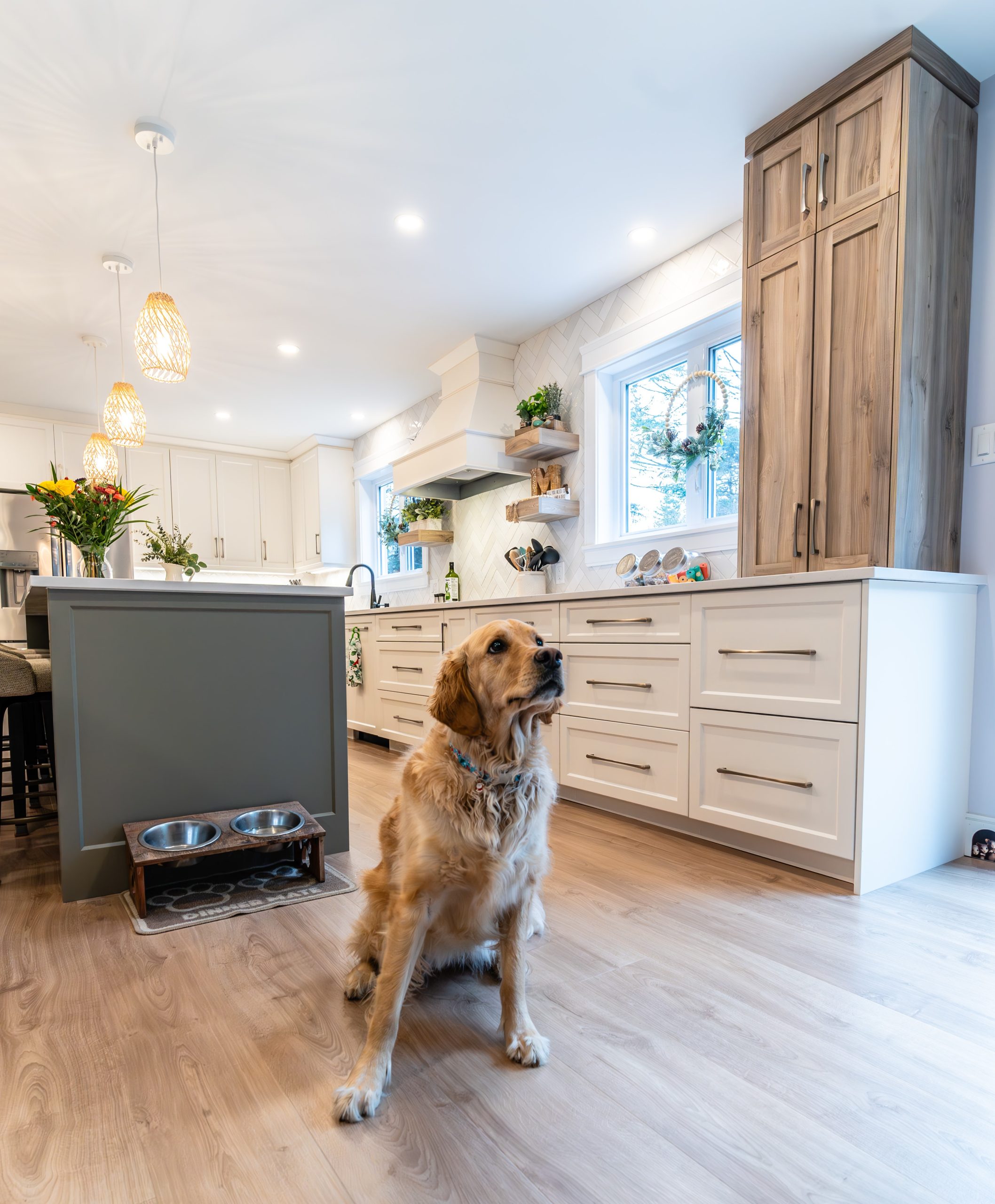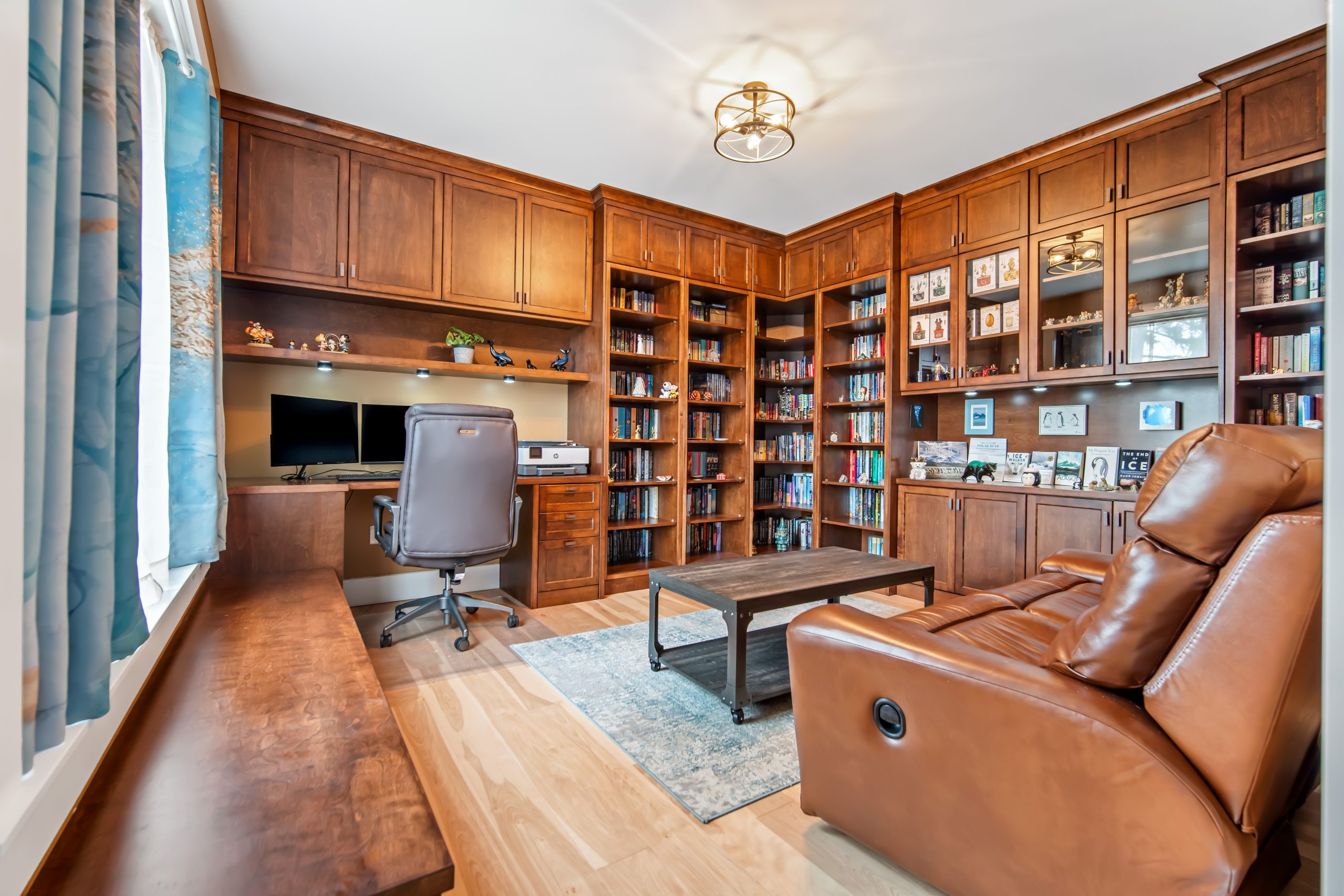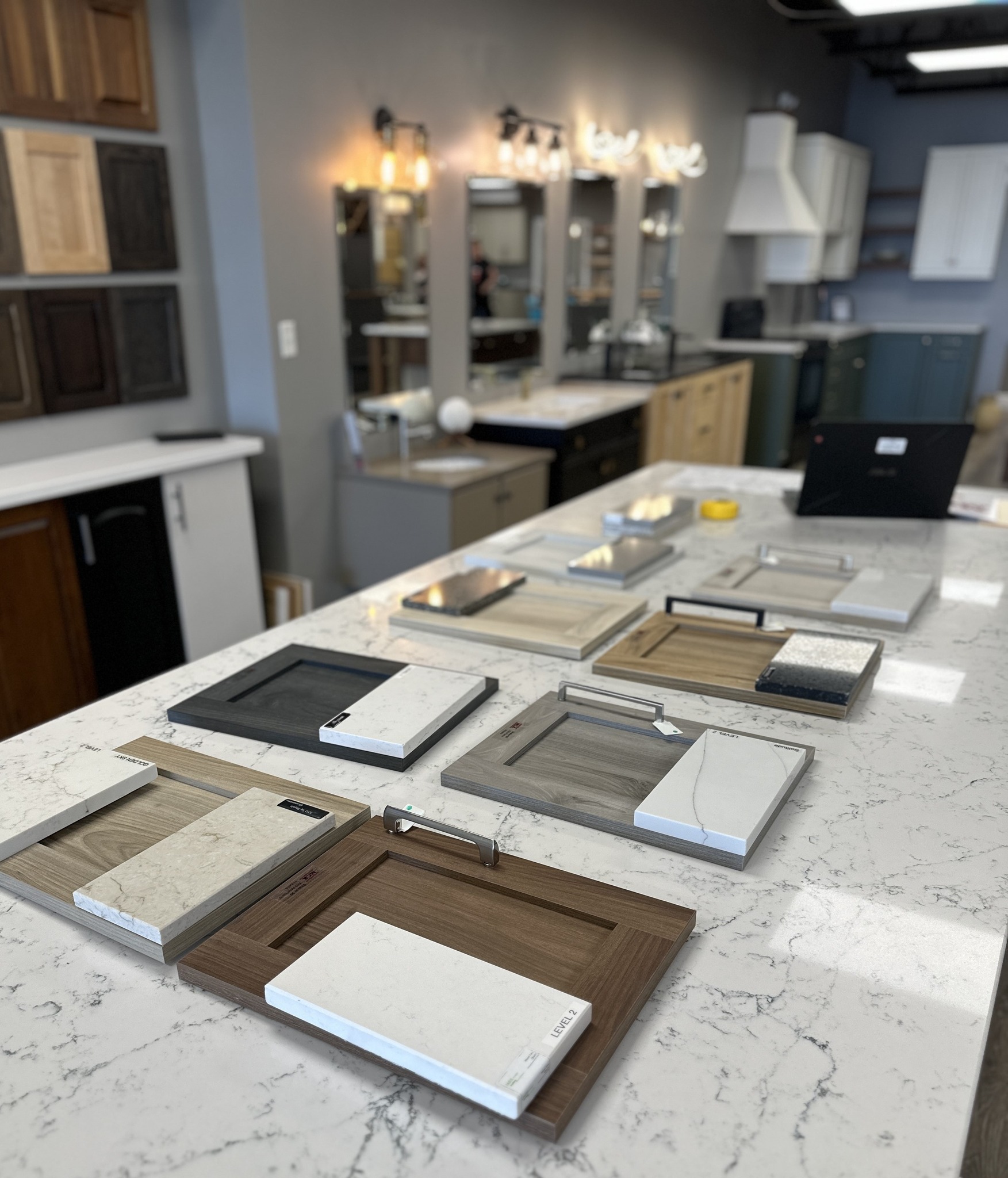The kitchen island has become a hallmark of modern custom kitchen design, symbolizing both functionality and style. Featured in countless home improvement shows, glossy magazine spreads, and real estate advertisements, the kitchen island is often seen as a must-have in Nova Scotia. However, the truth is, every kitchen cannot, and should not, have an island. Here’s why:
Space Constraints
One of the most significant factors to consider is space. Kitchen islands require a substantial amount of room not just for the island itself, but for adequate clearance around it. The National Kitchen and Bath Association (NKBA) recommends at least 42 inches of clearance on all sides of the island. In smaller kitchen renovations, adding an island can create cramped and inefficient workspaces, making it difficult to move around and access essential areas like the stove, sink, and refrigerator.
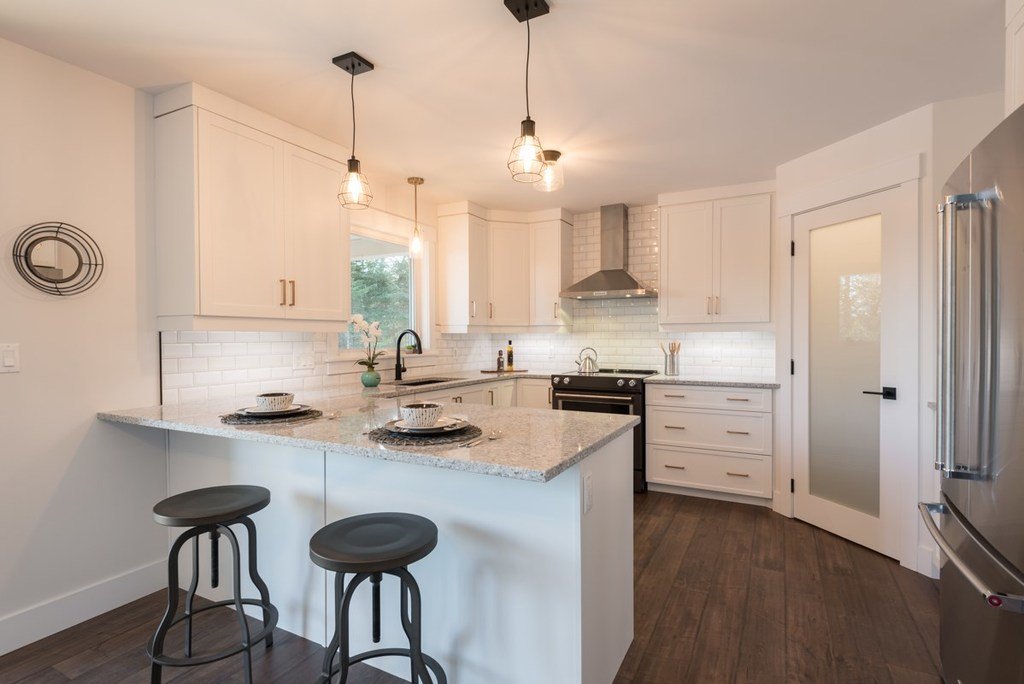
Workflow Disruption
The kitchen triangle concept, which connects the sink, stove, and refrigerator in an efficient layout, is a fundamental principle of kitchen design. Introducing an island can disrupt this workflow if not carefully planned. In some kitchens, an island can become an obstacle rather than an asset, forcing cooks to navigate around it constantly, which can be particularly problematic during meal preparation.
Budget Considerations
Islands can be more expensive to install, especially when they include built-in appliances, plumbing, or electrical outlets. For homeowners on a tight budget, it might be more practical to invest in other kitchen upgrades that enhance functionality without the additional cost of an island. Additionally, the expense of reconfiguring a kitchen to accommodate an island can be prohibitive.
Alternative Solutions
There are numerous alternatives to kitchen islands that can provide additional workspace and storage without the drawbacks. Consider these options:
Peninsulas: Similar to islands, peninsulas extend from existing countertops and can offer many of the same benefits while requiring less space.
Rolling Carts: Portable and versatile, rolling carts can be moved as needed and provide extra prep space, storage, and even seating options.
Wall-Mounted Tables: Foldable tables or drop-leaf countertops can offer additional workspace when needed and can be stowed away to save space.
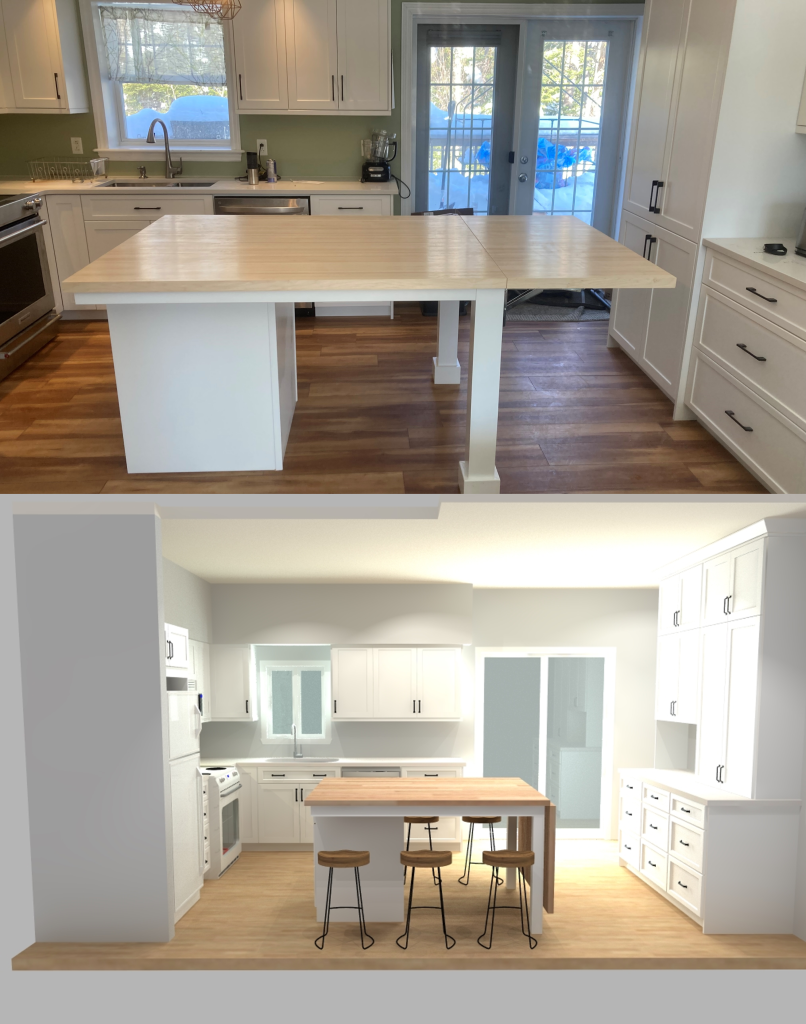
Extended Countertops: Extending existing countertops into an L or U shape can maximize available space and provide ample work areas without the need for an island.
Aesthetic Harmony
In some kitchens, particularly those with a classic or traditional design, a modern island can appear out of place. It’s crucial to consider the overall aesthetic and flow of your home when deciding whether to include an island. An ill-fitting island can disrupt the harmony of the space and detract from the kitchen’s overall appeal.
Conclusion
While custom kitchen islands offer numerous benefits, they are not a one-size-fits-all solution. Space limitations, budget constraints, workflow considerations, and aesthetic harmony are all crucial factors to consider before deciding to install an island. By exploring alternative solutions and carefully planning your kitchen layout, you can create a functional and beautiful kitchen that works for your unique needs. Remember, a well-designed kitchen is not defined by the presence of an island, but by its overall efficiency, style, and comfort. Let MCK Kitchen & Bath designers help you navigate your next kitchen renovation. Building custom kitchens for families in Halifax, Dartmouth, Bedford, Sackville, Truro and beyond.
Built locally, just for you!

